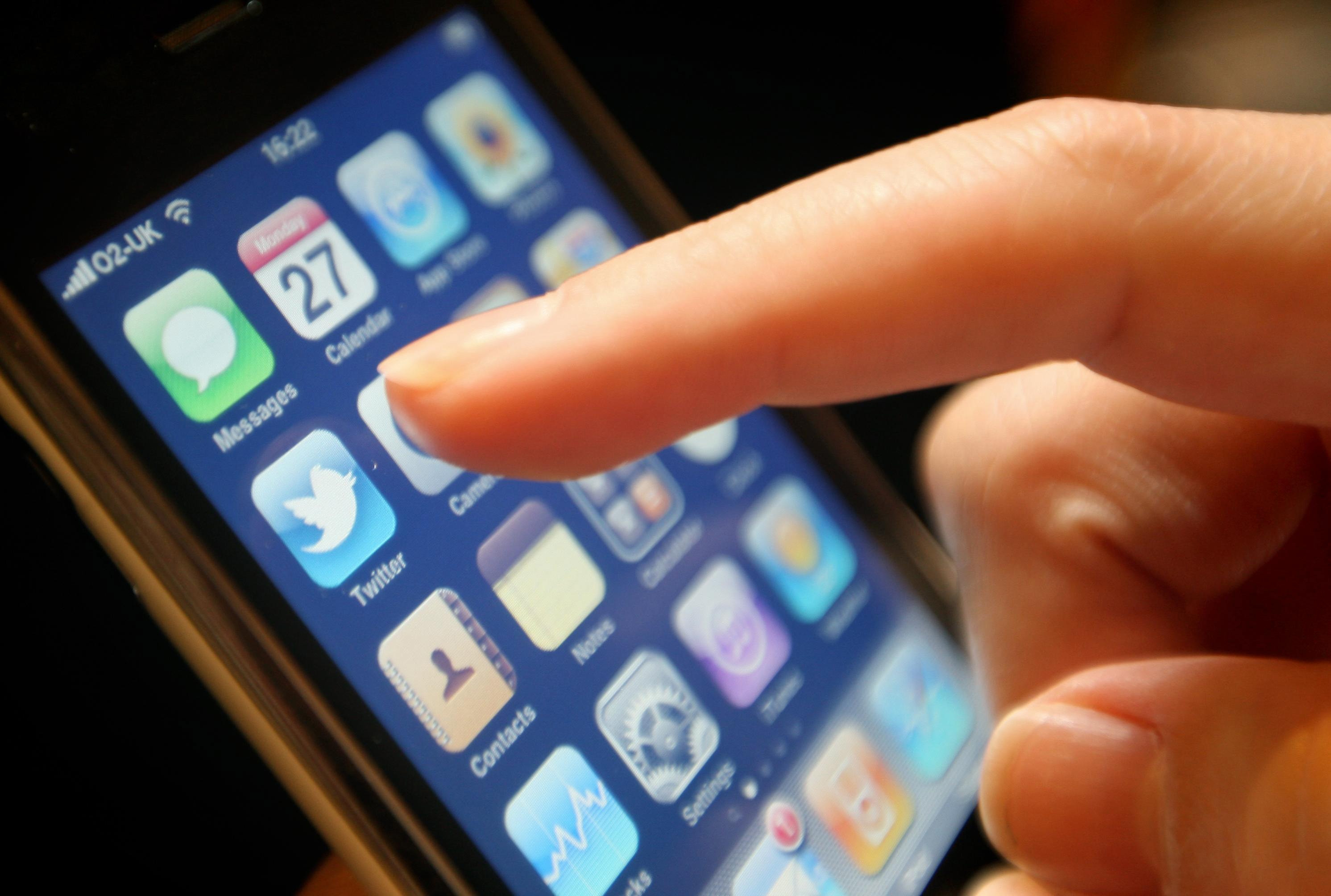Parents are being warned of the impact of cyberbullying in the wake of claims the “dramatically awful” issue is being under-reported in Angus.
Concerns have been raised that just one instance of cyberbullying was recorded at Angus secondary schools last year.
Despite social media becoming an increasing part of young people’s lives, the number of recorded online and cyber bullying incidents has dropped in Angus.
A new report shows there were 15 instances recorded in 2012/13 and 2013/14, three incidents in 2014/15, six in 2015/16 and just one in 2016/17.
Whether the data reflects the true picture in schools in Angus has been questioned by SNP group leader in Angus, Councillor Lynne Devine.
She said: “It seems a little strange that there was only one instance of online and cyber bullying.
“I appreciate that we can only capture what we are told by young people but I want to be assured that there’s a lot of work being done in schools to get young people to talk about it.
“A lot of it is not happening in schools, I recognise that, but we know the outcomes of cyberbullying and they are quite dramatically awful at times.”
Children’s charity NSPCC describes cyberbulying as an “increasingly common” form of bullying behaviour which can happen on social networks, games and mobile phones.
In some cases children may know who’s bullying them online and is an extension of traditional bullying or they may be targeted by someone using a fake or anonymous account.
Angus Council’s head of schools and learning Dr Pauline Stephen said a number of initiatives were under way to encourage pupils to report cyberbullying.
She said: “We have done a number of initiatives including speaking to parents to raise their awareness about the potential impact of what cyberbullying is and what the impact can be. Schools try hard to share information.
“It often doesn’t happen in the school day, it can happen outwith schools but it’s something we are raising the profile of and we are hoping that the reporting arrangements increase.”
There were 179 instances of bullying recorded in Angus secondary schools last year – 110 verbal incidents, 41 physical, 1 cyber/online and 27 other instances.
This compares to 154 incidents in 2015/16 and 114 in 2014/15.
The number of racial bullying instances have increased for the past four years from 14 in 2012/13 to 40 last year.
Last year there were eight bullying incidents classed as religious and 11 relating to sexual orientation.
Growing cyber-bullying menace
A children’s charity has described cyberbullying as one of the biggest child protection challenges of this generation.
The number of calls to Childline from children across the UK about cyberbullying has almost doubled in five years – from 2,410 in 2011-12 to 4,541 in 2015-16.
A spokesman for NSPCC Scotland said parents should have regular conversations with children about staying safe online.
He said: “Online bullying is one of the biggest child protection challenges of this generation and is a problem intensified by the ever-increasing reach of the internet.
“The 24/7 nature of social media means that a child can be targeted around the clock, with abuse and bullying being carried out through online devices and social networking apps, often in private, out of the sight of school staff and parents.
“Any efforts to increase confidence in reporting of cyberbullying should be applauded and children must know that they can speak out if they are being targeted.
“It’s up to both the Government and social media companies to make the online world a safer place for our young people, while parents should also be having regular conversations with their children about staying safe online.”
NSPCC joined forces with O2 to create the Net Aware website which contains a no nonsense guide on social network sites to help parents keep up to date with information, risks, and issues on sites their children are using.
Childline is available 24 hours a day on 0800 1111 and offers confidential help and advice on bullying.










